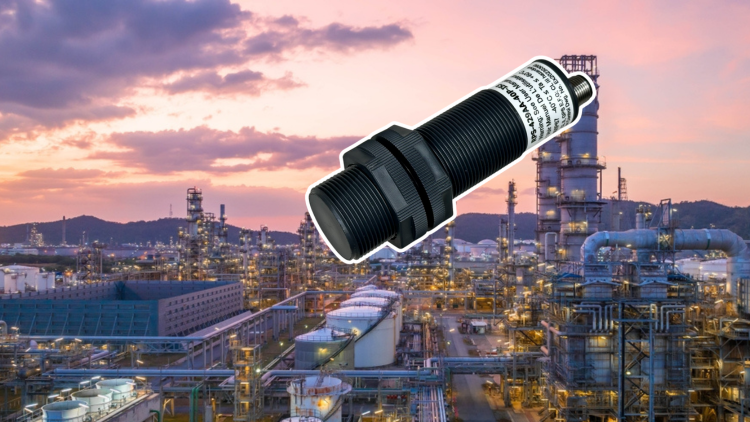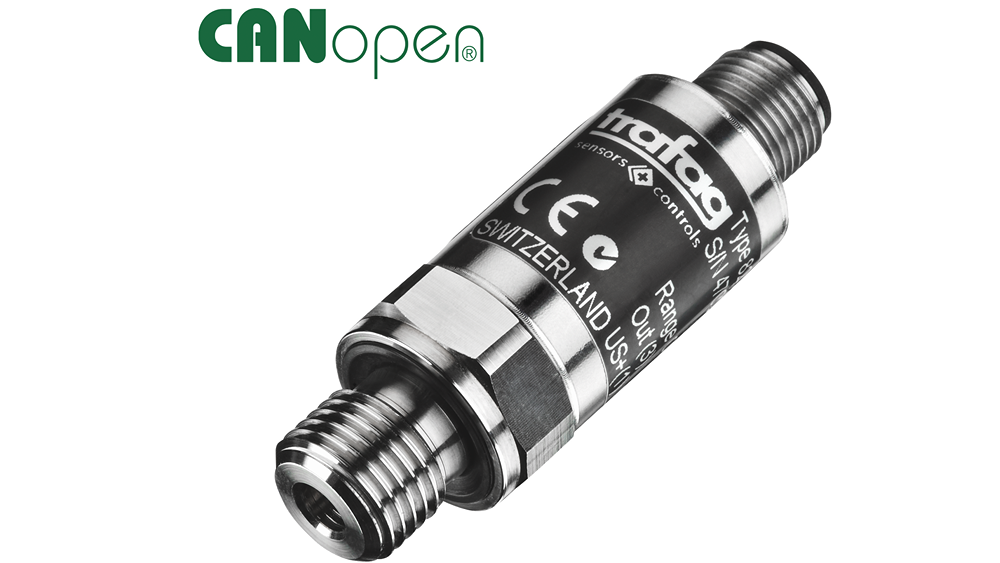Simplified detection of small objects with advanced sensor tech
RELATED PRODUCTS
PRODUCT INFORMATION
MANUFACTURED BY Pepperl+Fuchs
RELEASE DATE
September 25, 2025
MODEL/SERIES
R305
CATEGORY
Process Instrumentation and Sensors
Pepperl+Fuchs introduces Pepperl+Fuchs R305 retroreflective area sensor for detecting thin and irregularly shaped objects from heights as low as 2 mm. The R305 provides improved coverage compared with single-point light beam sensors, allowing it to detect small or narrow objects that may not align with a point-shaped detection area. For objects with irregular contours, such as bubble mailers and polybags, the wide light band of the R305 helps detect the leading edge of an object and reduces multiple switching operations.
Using a light band of five individually switchable beams, the R305 sensor allows selective detection height for narrow openings. Its adjustable contrast level helps detect difficult targets such as clear glass, while the High-Resolution Mode adds the ability to detect objects as small as 2 mm. In addition to presence detection, the sensor measures object height and transmits values via IO-Link, while integrated trend evaluation provides data, such as plastic bag fill levels, to support quality control and process monitoring.
With Easy Alignment Mode, the light band can be aligned with the reflector. A right-angle bracket with an integrated deviation mirror allows a side-mounted setup for limited-space applications. The Auto-Teach function adjusts sensor settings based on the environment by saving central parameters after alignment, reducing the need for reteaching after maintenance or downtime. During operation, automatic signal compensation balances dust, dirt, or changing light conditions by adapting the light intensity, helping maintain stable detection performance.
The R305 retroreflective area sensor detects small and irregularly shaped objects, including varying shape and positions. With a 60 mm bandwidth, integrated height measurement and IO-Link interface, the R305 provides additional functionality compared with classic photoelectric sensors, allowing flexible use across different applications.
Pepperl+Fuchs
This Control Engineering article originally appeared on another WTWH Media publication, Design World on Sept. 23, 2025.
Edited by Puja Mitra, WTWH Media, for Control Engineering


